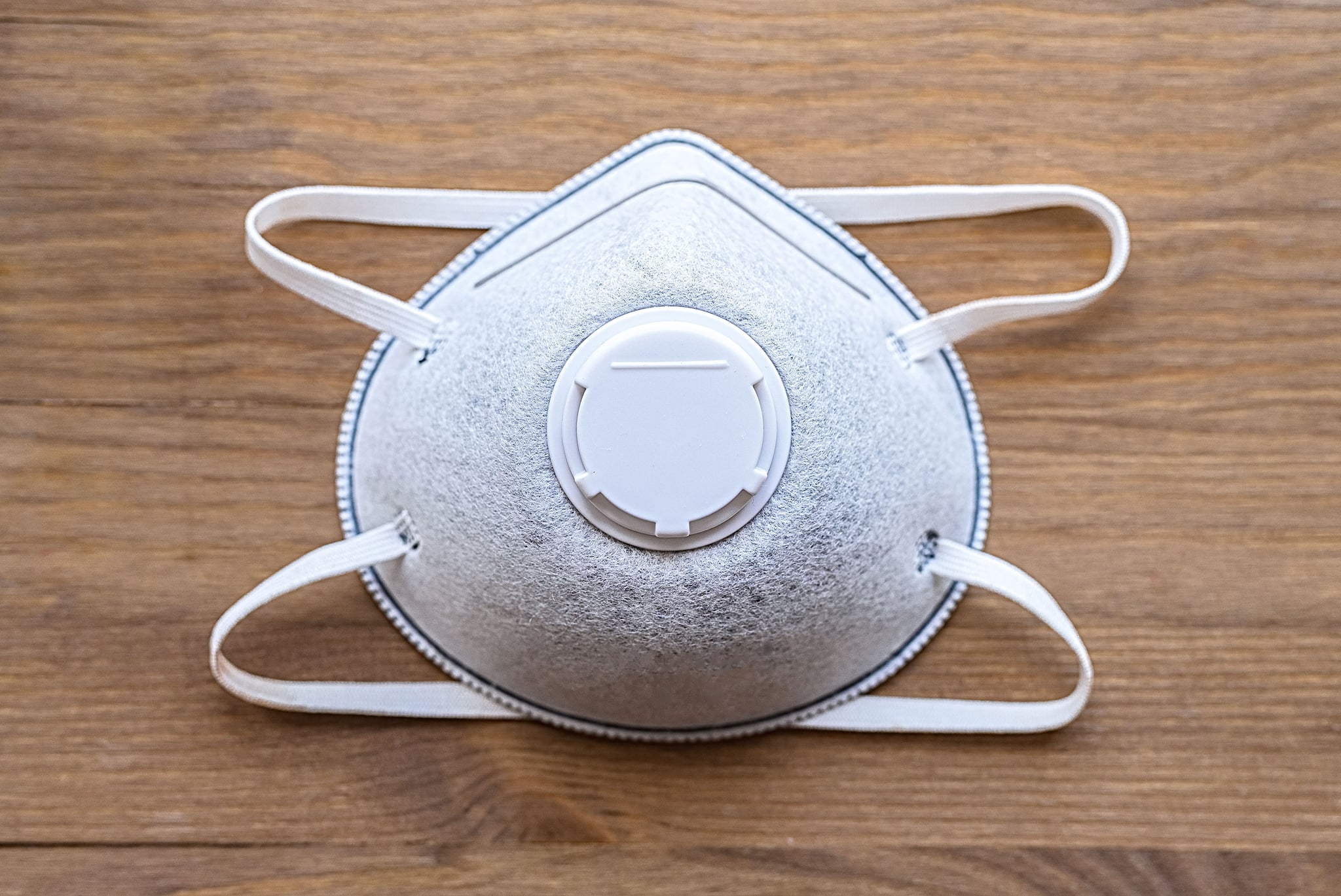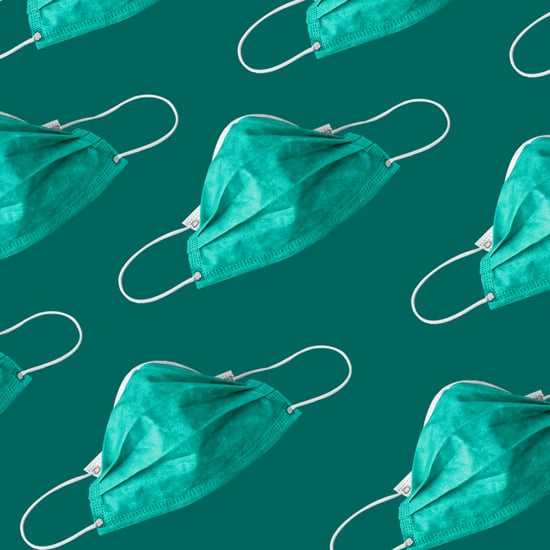Experts Warn Against Using N95 Masks With Respirator Valve
If You're Wearing an N95 Mask With a Respirator Valve, You Could Be Doing More Harm

Since it's possible to transmit the coronavirus even if you aren't showing symptoms, the CDC recommends covering your face to protect others. You can buy disposable masks, sew your own out of fabric, or buy cloth masks, but experts warn against wearing N95 respirator masks with a breathing valve.
The N95 respirator masks that have an exhalation valve filter the air you breathe in but not the air you breathe out. People may prefer these masks since it's easier to exhale, and your face may stay cooler and less moisture will build up inside the mask. And while the CDC stated that an N95 respirator with an exhalation valve does provide the same level of protection to the wearer as one that doesn't have a valve, they shouldn't be worn in situations where a sterile field must be maintained, such as in an operating room. That's because the exhalation valve allows unfiltered exhaled air to escape into the sterile field.
Paul Albrecht, emergency department nurse manager with the Mayo Clinic Health System, added that if you cough or sneeze, you're forcing air particles out of the openings. Since wearing a mask is meant to keep potentially infectious oral droplets from spraying out to others, this completely defeats the point of wearing a mask for the protection against coronavirus.
Actually, the CDC said N95 respirator masks in general (with or without a breathing valve) should only be worn by healthcare professionals who are required to undergo training to ensure correct use and fit. They're needed in the hospitals and not recommended for public use.
While breathing in a disposable or reusable cloth mask without a respiratory valve may be harder, show courtesy and protect others by wearing one whenever you're in a public situation.
POPSUGAR aims to give you the most accurate and up-to-date information about the coronavirus, but details and recommendations about this pandemic may have changed since publication. For the latest information on COVID-19, please check out resources from the WHO, CDC, and local public health departments.






